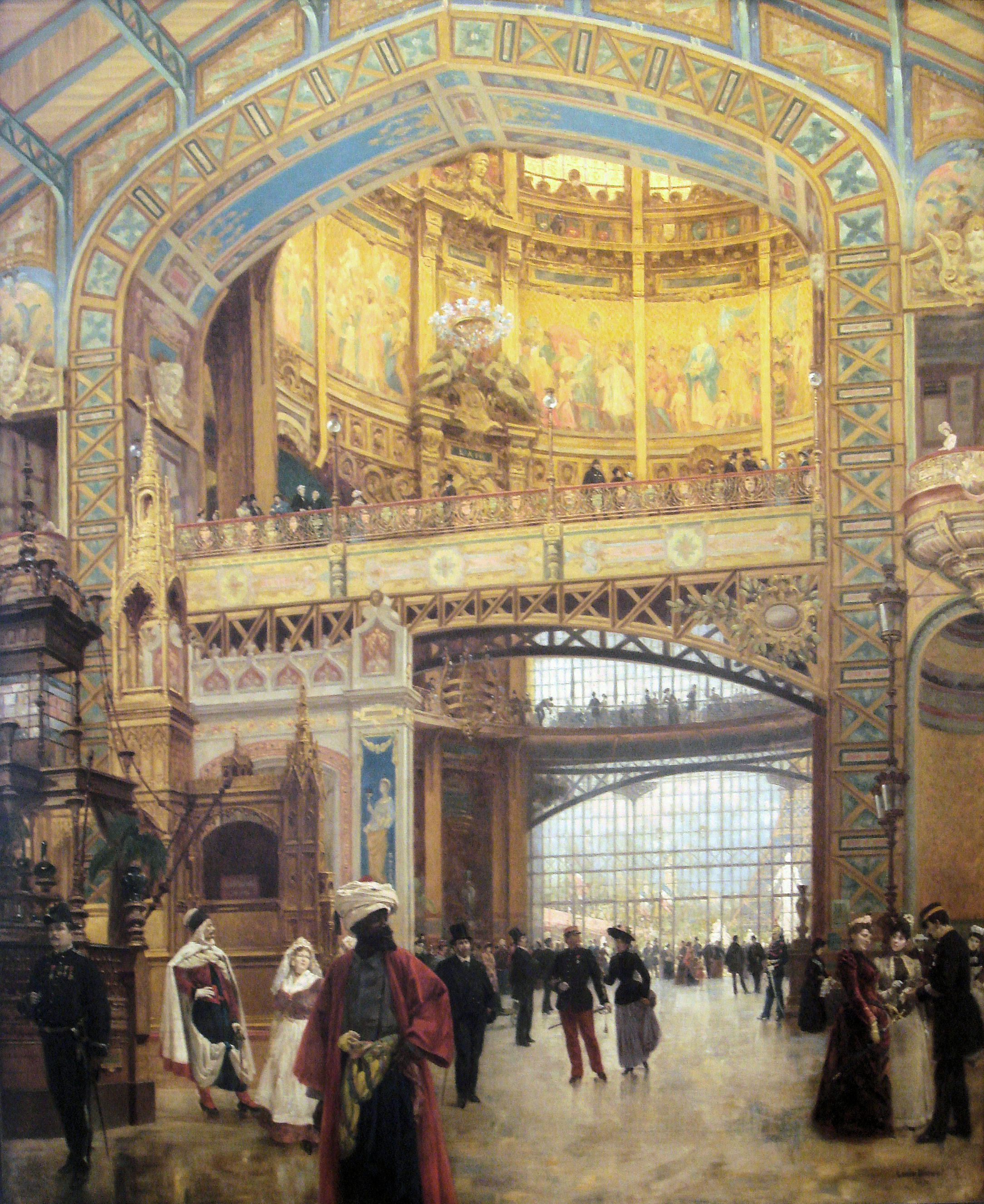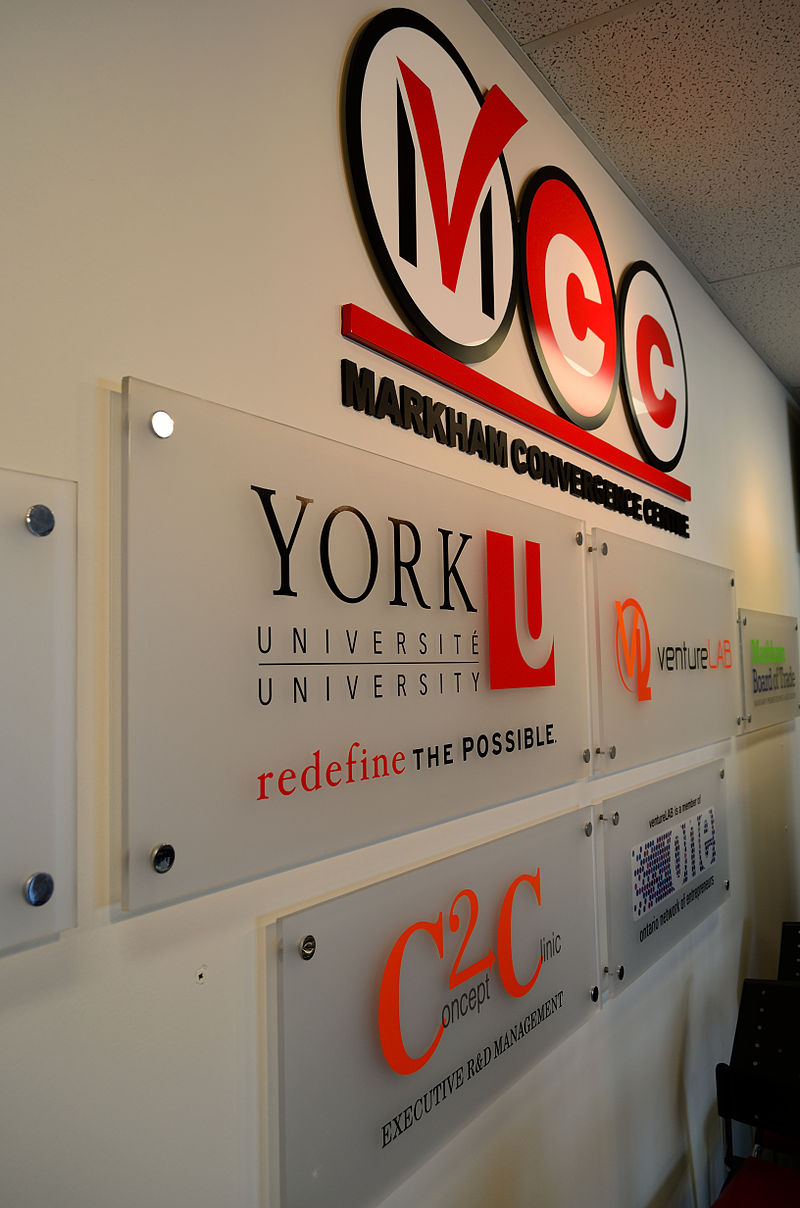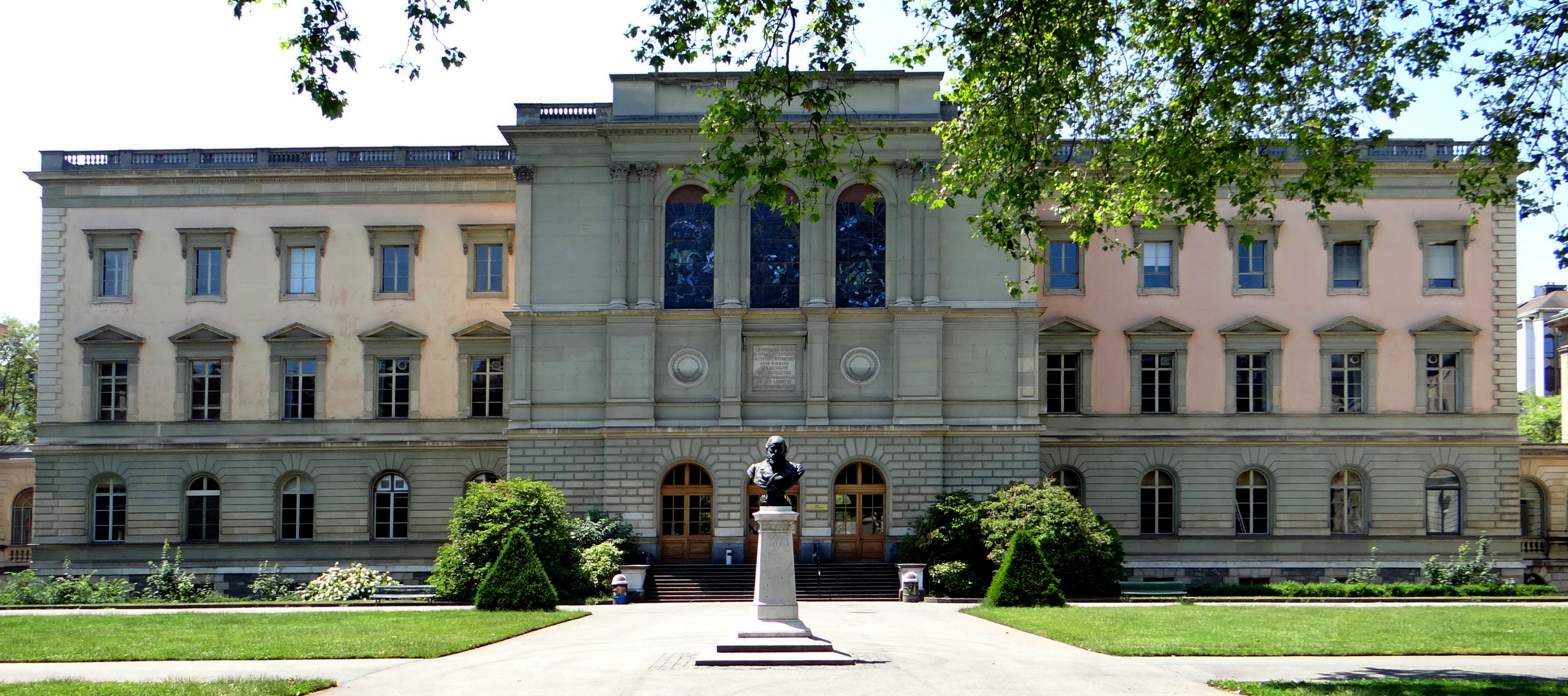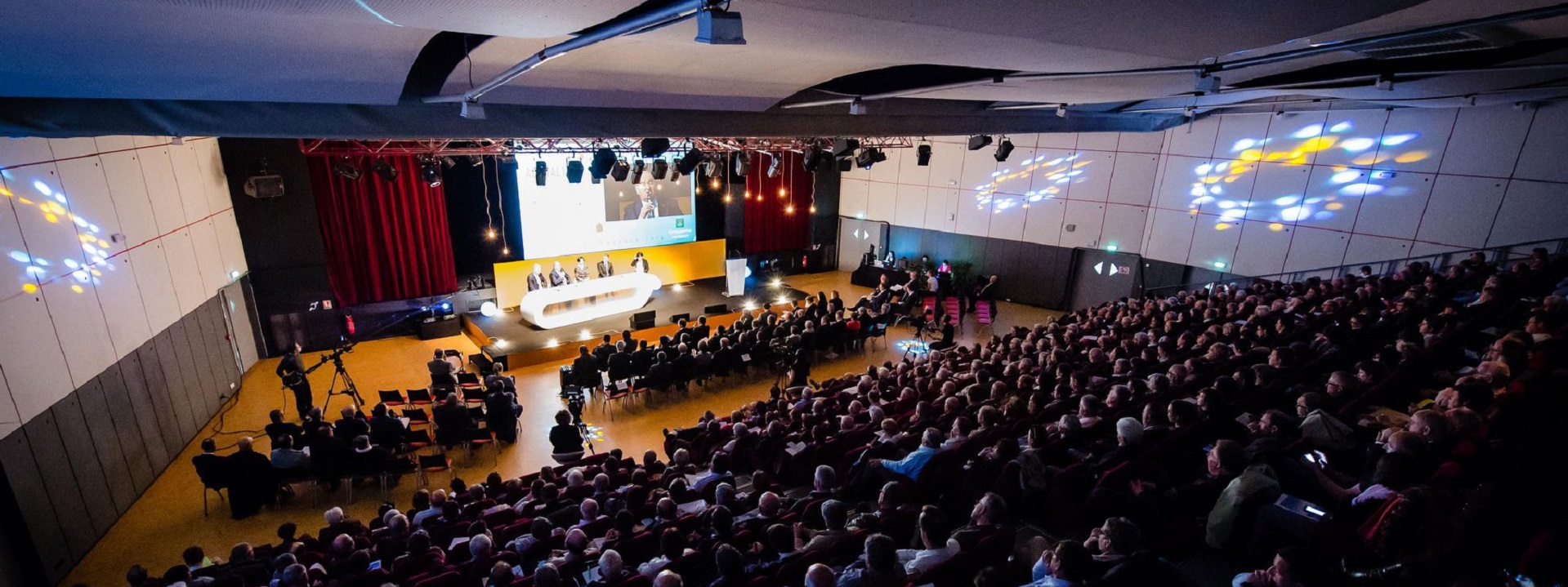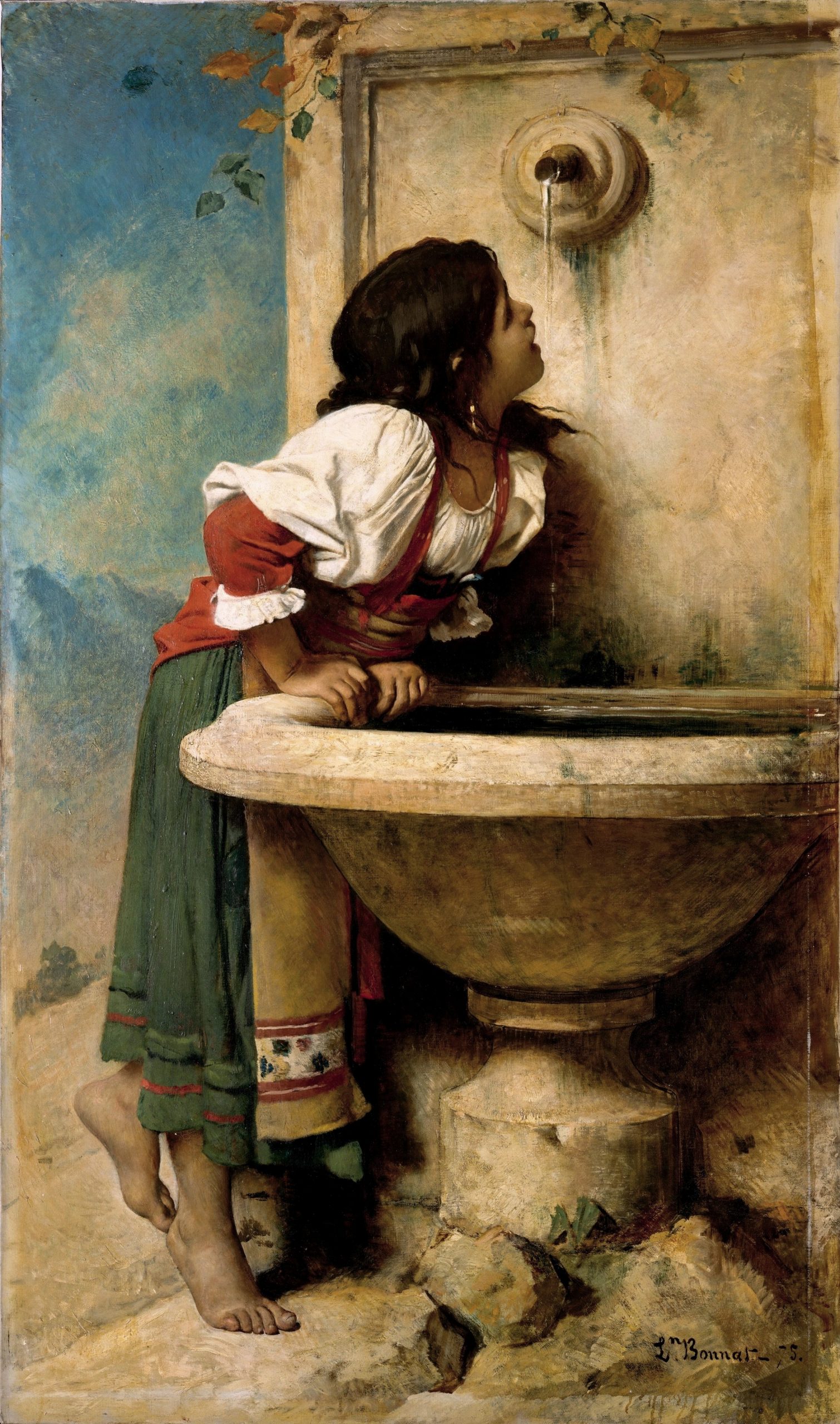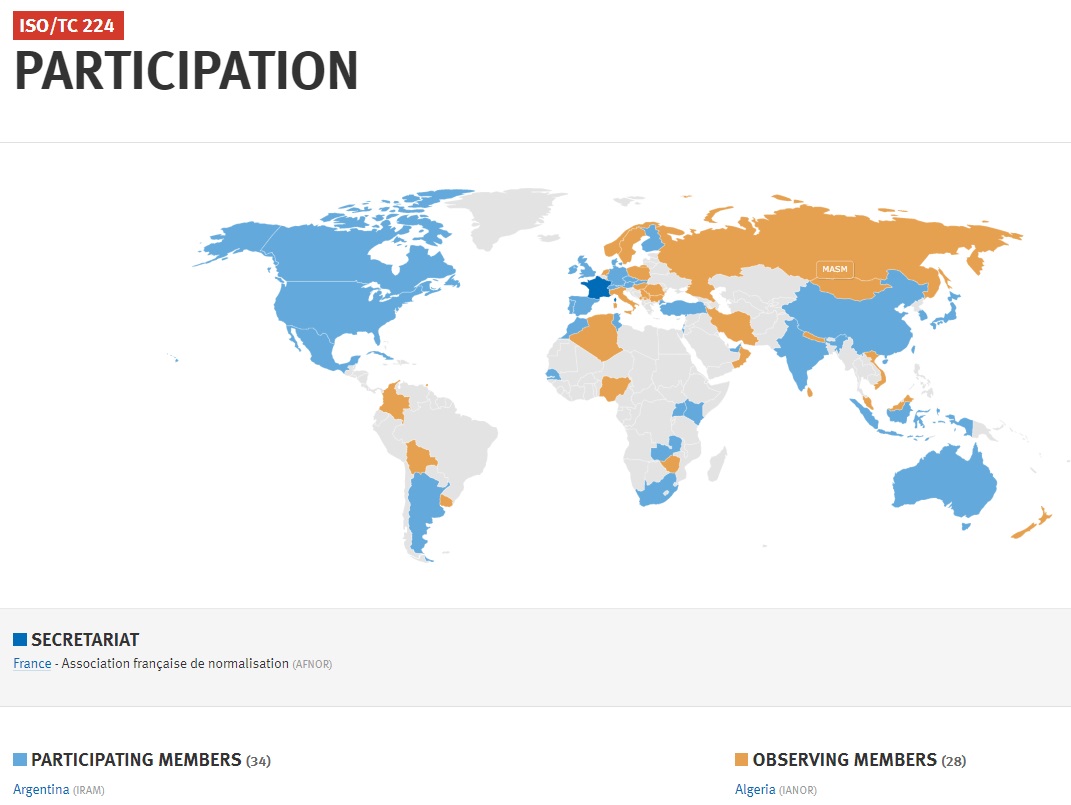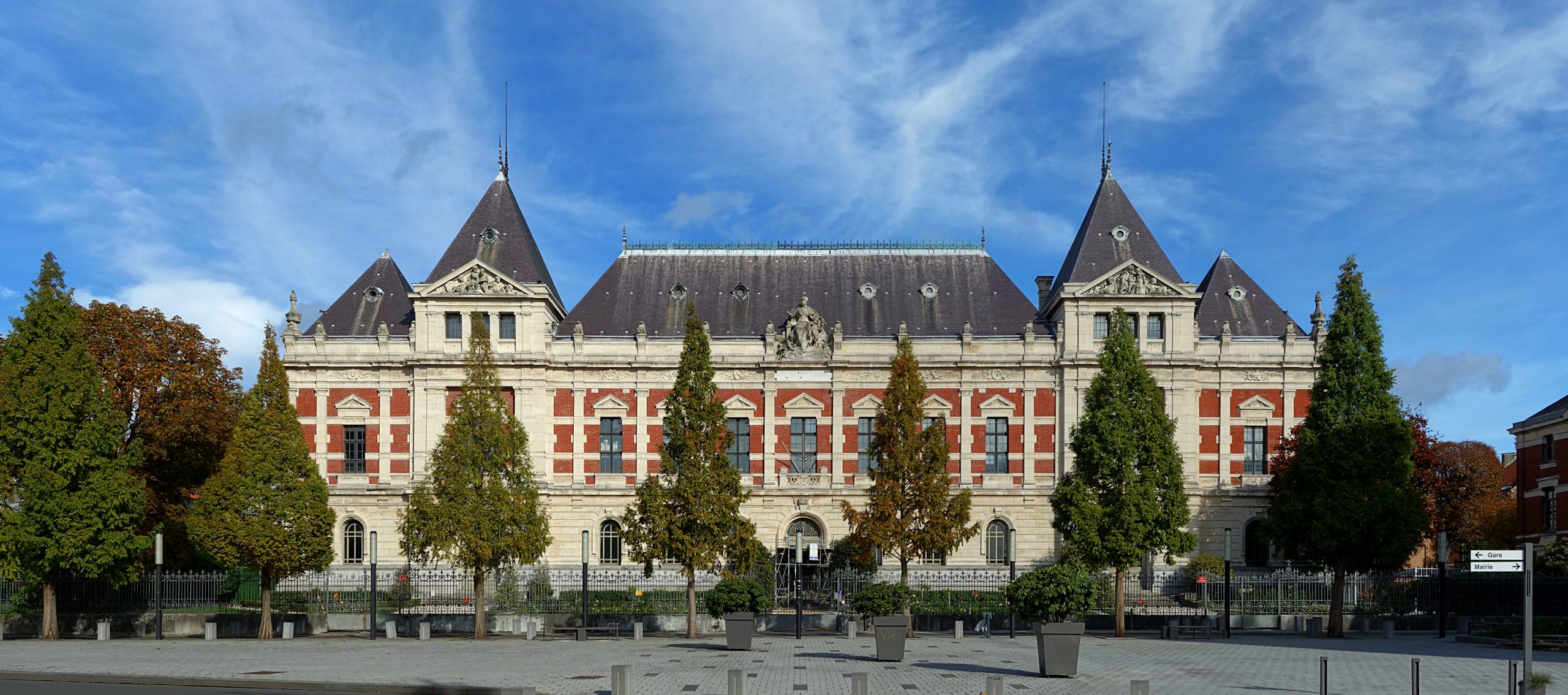Tag Archives: France
- Home
- Posts tagged "France" (Page 3)

Summer Olympics
This content is accessible to paid subscribers. To view it please enter your password below or send mike@standardsmichigan.com a request for subscription details.
Ubi Caritas et Amor
“Tradition is the democracy of the dead”
History of Western Civilization Told Through the Acoustics of its Worship Spaces
Other sacred compositions by Maurice Duruflé:
- Requiem, Op. 9: Duruflé’s “Requiem” is his most renowned composition. It incorporates the Gregorian Chant melodies for the “Dies Irae” and “In Paradisum” sections. While not hymns in the traditional sense, these chants are significant components of the Catholic liturgy.
- Four Motets on Gregorian Themes, Op. 10: In this choral composition, Duruflé takes inspiration from Gregorian Chant and includes pieces such as “Ubi caritas et amor” and “Tota pulchra es.” These are not hymns but rather choral settings of Latin liturgical texts.
- Fugue on the Theme of the “Carillon des Heures de la Cathédrale de Soissons”: This composition for organ is based on a hymn-like theme, although it is not a hymn in the traditional sense. It showcases Duruflé’s skill as an organist and composer.
- Prelude on the Introit of the Epiphany (for organ): Duruflé composed this piece for organ, incorporating the Gregorian Chant “O Lux Beata Trinitas,” which is associated with the Epiphany in the liturgical calendar.
Innovation management
We find the United States education industry strengthening its voice in the global standards system with leadership provided by the International Association of Innovation Professionals (IAOIP); the US Technical Advisory Group Administrator for the French-inspired ISO TC 279 Innovation management covered here in the posts below. Of the 5300 colleges and universities in the US the seven that are members of the TAG at the moment are:
University of Minnesota
Arizona State University
Lone Star College
Nova Southeastern
Oral Roberts University
Texas A&M University
Florida Institute of Technology
CLICK HERE for the complete list.
We do not advocate in this standard but we track it along with about 20 of the 21,000 ISO standards. We mention it now because in tracking live public consultation notices we see opportunities that may interest other parts of the education industry — notably academic units and business schools; as well as the many technology transfer units in many research universities charged with generating licensing revenue. The landing page for the US TAG is linked below:
IAOIP and ISO TC279 – Innovation Management Technical Advisory Group
You are encouraged to communicate directly with Dr. Brett Trusko, President and CEO, International Association of Innovation Professionals, 4422 Castlewood Street, Suite 200, Sugar Land, TX 77479; phone: 925.858.0905; e-mail: brett@iaoip.org. We also refer this standard to the standing agenda of our Global and Human Resource teleconferences. See our CALENDAR for the next online meeting; open to everyone.
Issue: [17-303]
Category: Academics, International
Contact: Mike Anthony (mike@standardsmichigan.com), Christine Fischer (chrisfis@umich.edu)
*See “Education Enterprise” ISO Focus, January 2015, pp 33-37
LEARN MORE:
Breaking new ground with better innovation management https://t.co/wjjbJzx5dD
— Jose Alcorta (@AlcortaJose) February 22, 2019
Posted September 25, 2018
Recent communication from International Association of Innovation Professionals (IAOIP) indicates that it continues to welcome participation from the US education industry. There are many academic programs and faculty devoted to international studies and innovation that could offer students a front-row seat for the development of international technology policy.
We are happy to explain the opportunity to faculty and staff any day during our daily 11 AM online meetings. You may also communicate directly with Dr. Brett Trusko, President and CEO, International Association of Innovation Professionals, 4422 Castlewood Street, Suite 200, Sugar Land, TX 77479; phone: 925.858.0905; e-mail: brett@iaoip.org
![]()
Posted April 26, 2018
The International Association of Innovation Professionals (IAOIP) has submitted an Application for Accreditation for a new proposed U.S. Technical Advisory Group (TAG) to ISO TC 279 Innovation management and a request for approval as TAG Administrator. The proposed TAG intends to operate using the Model Operating Procedures for U.S. Technical Advisory Groups to ANSI for ISO Activities as contained in Annex A of the ANSI International Procedures.
Standards Michigan applauds any organization that assumes leadership in developing the US position on any international standard promulgated by Geneva Secretariats — the International Organization for Standardization, the International Telecommunications Union and the International Electrotechnical Commission. Few activities offer such an ideal front row seat at the world speeding toward us.
The education industry — notably the academic segment of the higher education industry — is notably absent in US leadership positions in international standards. We have been in this space as a user interest for a long time (See ABOUT) and the shortage of education industry engagement (especially the user-interest) has not gone is unnoticed or written about.* While the majority of the 1800-odd colleges and universities have academic programs that claim leadership in international and/or innovation studies, only Georgia Tech and the University of Texas Medical Branch are US TAG administrators for the American National Standards Institute; the US member body to the Geneva Secretariats.
Comments are due May 14th. To obtain a copy of the TAG application or to offer comments, please contact: Dr. Brett Trusko, President and CEO, International Association of Innovation Professionals, 4422 Castlewood Street, Suite 200, Sugar Land, TX 77479; phone: 925.858.0905; e-mail: brett@iaoip.org by May 14, 2018 (please copy jthompso@ansi.org).
Issue: [17-303]
Category: Academics, International
Contact: Mike Anthony (mike@standardsmichigan.com), Christine Fischer (chrisfis@umich.edu)
*See “Education Enterprise” ISO Focus, January 2015, pp 33-37
December 17, 2017
The American National Standards Institute (ANSI) has been informed that the American Society for Quality (ASQ), the current ANSI-accredited U.S. Technical Advisory Group Administrator (U.S. TAG) for the work of Technical Committee 279 of the International Organization for Standardization wishes to relinquish their role as U.S. TAG Administrator. The global Secretariat for TC 279 is the AFNOR Group — the national standardization body for France. The participating nations are shown in the map below:
ISO/TC 279 operates under the following scope: Standardization of terminology tools and methods and interactions between relevant parties to enable innovation. From its Executive Summary:
“Yes we can innovate through standardisation. Standardization does not mean cloning. Standards on innovation management will allow organisations to share their best practices in innovation management. This will facilitate collaboration and also develop the capability to innovate and to bring innovations successfully to market. Today we face new challenges never met before by mankind: guaranteeing the sustainability of our activities in keeping our Earth habitable. Sustainable development (economic, ecologic, social sustainability) cannot be considered as ‘nice to have’, it is essential. It has to be viewed as a source of innovations, economic development and competiveness. It impacts innovation management and has to be taken into account at an early stage. Innovation is a key to global competitiveness and human or technological progress over the coming decades. Management Standards on innovation will break down the existing cultural, structural or organisational obstacles among/between organisations. These standards will provide best practices to support implementation of innovation policies as well in Small to Medium Enterprises (SMEs) as in worldwide groups including public institutions, universities, research centres or non-profit organisations. (Note in ISO, SME can mean Subject Matter Expert)
To achieve this goal the work will focus on a management system for innovation. To define this management system, experts will address: terminology, tools and methods such as but not limited to open innovation, design innovation, strategic intelligence, creativity management and also self-assessment of innovation management. Expectations for these standards are so high that there is no time to reinvent the wheel. TC 279 has to benefit from the previous work, including existing innovation literature, existing innovation standards, case studies, academic works, reports…) Summoning up the innovation community is a key factor. To make more and more stakeholders aware of this initiative communications action (communication kits, presence on social networks, press releases, events…) needs a special care.”
Organizations interested in serving as the U.S. TAG Administrator or participating on a U.S. TAG should contact ANSI’s ISO Team (isot@ansi.org)
Issue: [17-303]
Category: Academics, International
Contact: Mike Anthony (mike@standardsmichigan.com), Christine Fischer (chrisfis@umich.edu)
Flicker Characterization of Energy Saving Lamps
PT PLN (Persero), Jl. Trunojoyo Blok M I/135 Kebayoran Baru, Jakarta, Indonesia
Kawantech S.A.S, 6 Rue Françoise d’Eaubonne, Toulouse, France
School of Electrical Engineering and Informatics, Bandung Institute of Technology, Jalan Ganesha 10, Bandung, Indonesia
Université de Toulouse, Laplace, UMR 5213 (CNRS, INPT, UPS), 118 rte de Narbonne, Toulouse, France
Abstract: With the advent of Solid State Lighting came a renewed interest in the study of flicker. Potential effects include brightness enhancement, but also discomfort, ocular fatigue, phantom and stroboscopic effects. Both IEEE and IEC developed new metrics, but at the time of writing no firm consensus has been reached. Yet previous lamp studies in the Laplace laboratory showed that various flicker phenomenon are present on different lamps, but this feature is not documented. This paper focus on flicker changes w.r.t. applied voltage. The Indonesian power grid network is indeed characterized by large voltage variations; our purpose is to detect which lamps may exhibit too elevated flicker levels during out of nominal excursion and map such behavior with other electrical characteristics.
CLICK HERE to order complete paper
Harmonic Impacts on the Electrical Distribution Network by the Broad Usage of LED Lamps
LED lighting — Reduce the power consumption and increase the users comfort
La Fémis
This content is accessible to paid subscribers. To view it please enter your password below or send mike@standardsmichigan.com a request for subscription details.
Mirrored Walls
This content is accessible to paid subscribers. To view it please enter your password below or send mike@standardsmichigan.com a request for subscription details.
DRINKING, WASTEWATER & STORMWATER SYSTEMS
Civilization has historically flourished around rivers and major waterways. Mesopotamia, the so-called cradle of civilization, was situated between the major rivers Tigris and Euphrates; the ancient society of the Egyptians depended entirely upon the Nile. Rome was also founded on the banks of the Italian river Tiber. Large metropolises like Rotterdam, London, Montreal, Paris, New York City, Buenos Aires, Shanghai, Tokyo, Chicago, and Hong Kong owe their success in part to their easy accessibility via water and the resultant expansion of trade. Islands with safe water ports, like Singapore, have flourished for the same reason. In places such as North Africa and the Middle East, where water is more scarce, access to clean drinking water was and is a major factor in human development.*
With this perspective, and our own “home waters” situated in the Great Lakes, we are attentive to water management standardization activity administered by International Organization Standardization Technical Committee 224 (ISO TC/224). The scope of the committee is multidimensional; as described in the business plan linked below:
Water-related management standards define a very active space; arguably, as fast-moving a space as electrotechnology. The ISO TC/224 is a fairly well accomplished committee with at least 16 consensus products emerging from a 34 nations led by Association Française de Normalisation (@AFNOR) as the global Secretariat and 34 participating nations. The American Water Works Association is ANSI’s US Technical Advisory Group administrator to the ISO.
We do not advocate the user interest in this standard at the moment but encourage educational institutions with resident expertise — either on the business side or academic side of US educational institutions — to participate in it. You are encouraged to communicate directly with Paul Olson at AWWA, 6666 W. Quincy Avenue, Denver, CO 80235, Phone: (303) 347-6178, Email: polson@awwa.org.
The work products of TC 224 (and ISO 147 and ISO TC 282) are also on the standing agendas of our Water, Global and Bucolia colloquia. See our CALENDAR for the next online meeting, open to everyone.
Issue: [13-163]
Category: Global, Water
Colleagues: Mike Anthony, Christine Fischer, Jack Janveja. Richard Robben, Larry Spielvogel
Fuzzy Logic in Personalized Garment Design
Intelligent Fashion Recommender System: Fuzzy Logic in Personalized Garment Design
L. C. Wang – X. Y. Zeng – L. Koehl – Y. Chen
Ecole Nationale Supérieure des Arts et Industries Textiles
Abstract. This paper proposes a new intelligent fashion recommender system to select the most relevant garment design scheme for a specific consumer in order to deliver new personalized garment products. This system integrates emotional fashion themes and human perception on personalized body shapes and professional designers’ knowledge. The corresponding perceptual data are systematically collected from professional using sensory evaluation techniques. The perceptual data of consumers and designers are formalized mathematically using fuzzy sets and fuzzy relations. The complex relation between human body measurements and basic sensory descriptors, provided by designers, is modeled using fuzzy decision trees. The fuzzy decision trees constitute an empirical model based on learning data measured and evaluated on a set of representative samples.
The complex relation between basic sensory descriptors and fashion themes, given by consumers, is modeled using fuzzy cognitive maps. The combination of the two models can provide more complete information to the fashion recommender system, making it possible to evaluate if a specific body shape is relevant to a desired emotional fashion theme and which garment design scheme can improve the image of the body shape. The proposed system has been validated in a customized design and mass market selection through the evaluations of target consumers and fashion experts using a method frequently used in marketing study.
CLICK HERE to order complete paper
New update alert! The 2022 update to the Trademark Assignment Dataset is now available online. Find 1.29 million trademark assignments, involving 2.28 million unique trademark properties issued by the USPTO between March 1952 and January 2023: https://t.co/njrDAbSpwB pic.twitter.com/GkAXrHoQ9T
— USPTO (@uspto) July 13, 2023
Standards Michigan Group, LLC
2723 South State Street | Suite 150
Ann Arbor, MI 48104 USA
888-746-3670





